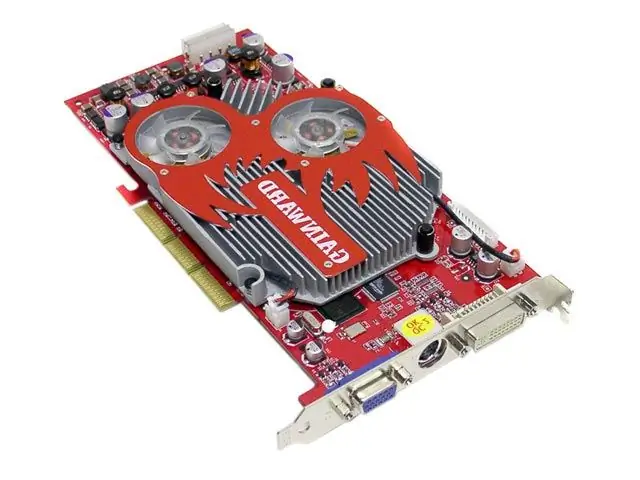In modern computers, the video card is one of the main elements. Especially the video card and its power are important for gamers, artists and photographers. The video card or video processor is responsible for processing graphics, textures and various visual loads. You can find out its volume in several ways.

Instructions
Step 1
If your operating system is Windows XP, right-click on the desktop, then select "display options", "options" and "video adapter". The line "Video memory in use" is the video card memory. Also here you can find such a line as "Available graphics memory" - this parameter adds the physical memory of the video card with the virtual system video memory, which works much weaker than the physical one, but is allocated by the processor and RAM to improve graphics in games and during video editing.
Step 2
Is your operating system Windows Vista or Windows 7? Right-click on the desktop, select "Screen Resolution" in the list that appears, click on the "Advanced Settings" link. Next, you will see lines similar to Windows XP.
Step 3
Suitable if you need to know the total amount of video memory, i.e. total video card memory (physical video memory declared by the manufacturer, plus virtual memory, which is usually 2-2.5 times more than physical memory). Click the Start button on the desktop, select All Programs, Accessories. There you will find the Run shortcut. Click it and in the line that appears, enter “dxdiag” (without quotes), then click “OK”. You will be presented with the DirectX Computer Diagnostic Tool.
Select the "Display" tab and you will see the result. It also contains the DirectX capabilities of your video card, thanks to which you can find out how up-to-date your video card is in terms of graphics acceleration, as well as other useful information about the video card driver.






